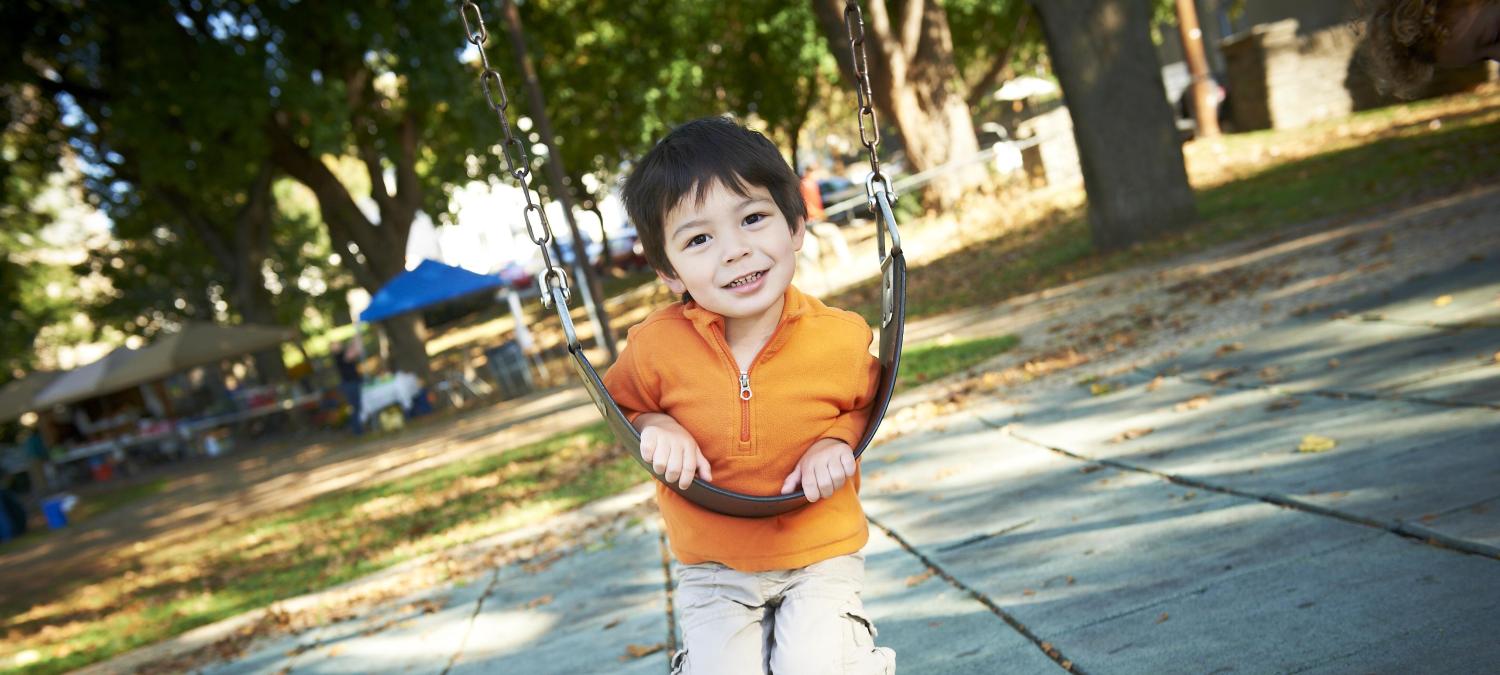

Publications
Search Tips
- Jul 2021
Restrictive immigration policies are important social determinants of health, but less is known about the health implications and health-related content of protective immigration policies, which may also represent critical determinants of health. We conducted a content analysis of…
- Jul 2021
Untreated postpartum depression drives health disparities and can negatively interfere with a caregiver’s attachment and engagement, significantly affecting the mental health, development and safety of their child. While pediatric offices often have a consistent, positive connection to…
- Jul 2021
The School District of Philadelphia reopened for in-school instruction the week of March 21, 2021, and required weekly testing for SARS-CoV-2, the virus that causes COVID-19, for all employees returning to in-school responsibilities. The resumption of in-school instruction followed a…
- Jul 2021
Preterm birth (PTB) is a pressing maternal and child health issue with long-standing racial inequities in outcomes and care provision. 17-Alpha-hydroxyprogesterone caproate (17OHPC) has been one of few clinical interventions for recurrent PTB prevention. Little is known about the…
- Jul 2021
Guidelines recommend that primary care clinicians address a broad range of wellness topics, but time constraints limit clinicians’ ability to address them in the context of well child visits. A greater understanding of the salience of different wellness topics to families and…
- Jul 2021
Negative emotionality (NE) and multiple cognitive vulnerabilities (CVs) (negative inferential style, brooding, self-criticism, dependency, dysfunctional attitudes) independently predict internalizing outcomes. The present study examined whether NE and CVs could be structurally…
- Jul 2021
Multiple states have passed legislation permitting marijuana use. The impact of legalization on trends in hospital encounters for marijuana exposures in young children across states remains unknown. We aimed to describe trends in marijuana-related hospital encounters over time in…
- Jul 2021
Disruptions in sexually transmitted infection (STI) testing infrastructure during the COVID-19 pandemic threaten to impact STI service delivery for adolescents. Within a large pediatric primary care network, we compared STI testing encounters between the pandemic period and an…
- Jun 2021
In 2014, Buysse published a novel definition of sleep health, raising awareness for the importance of this construct for individuals, populations, clinical care, and research. However, the original definition focused on adults, with the recommendation that it should be adapted for…
- Jun 2021
Nearly 1 in 10 resettled refugees are affected by post-traumatic stress disorder (PTSD) and even though we know treatment is helpful and effective for adults with different trauma histories, preferred languages and cultural backgrounds, those in refugee and newcomer communities…